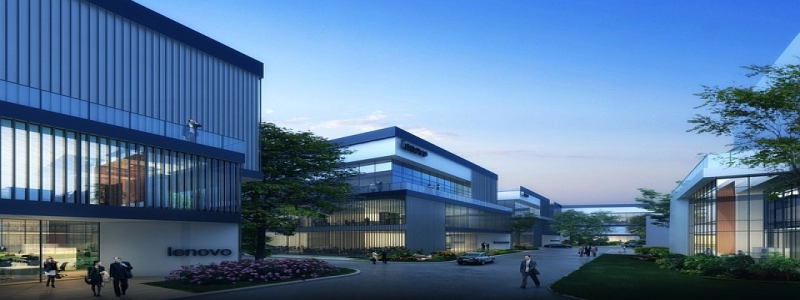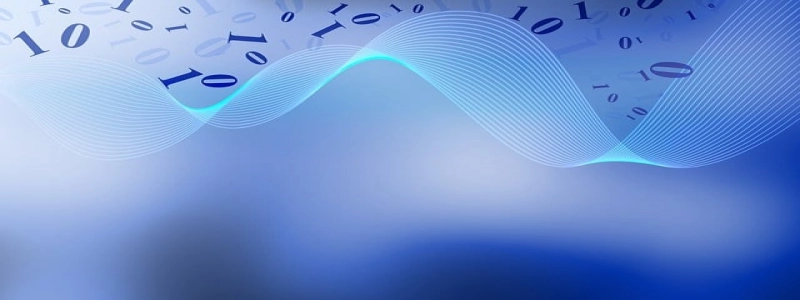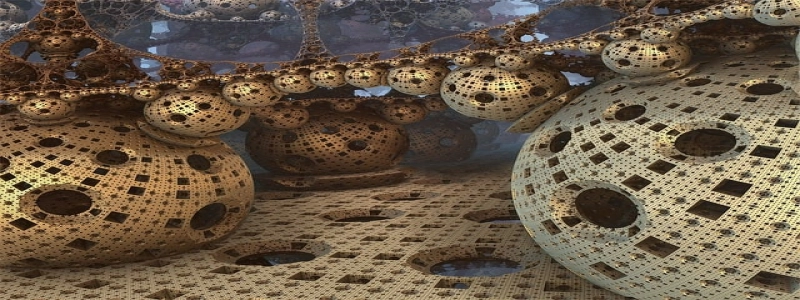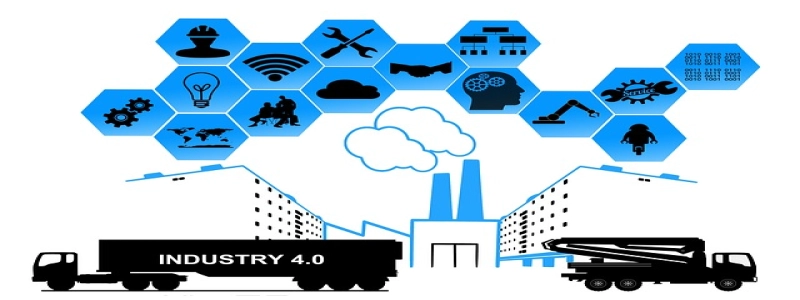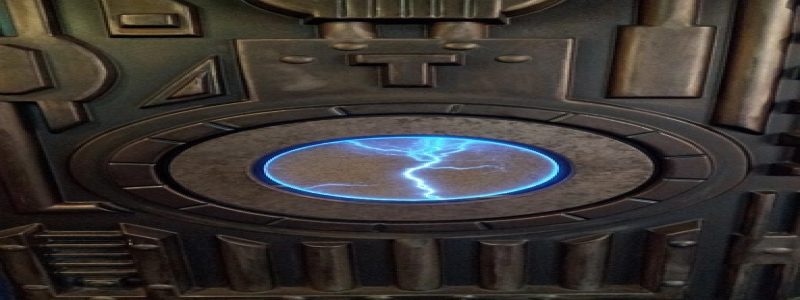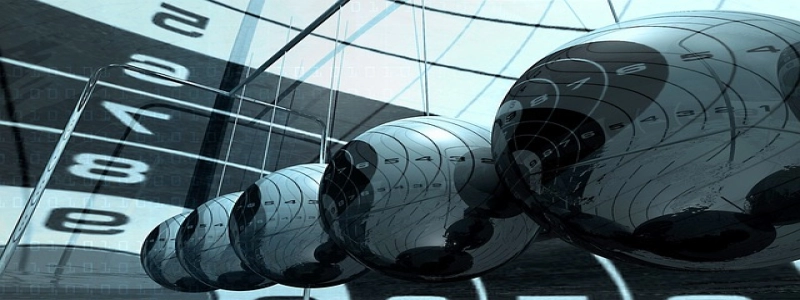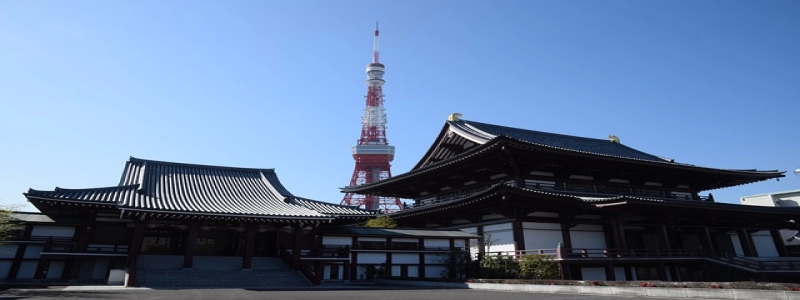Ethernet Controlled PDU
I. Introduction
A. Definition of Ethernet Controlled PDU
B. Importance and benefits of Ethernet Controlled PDU
II. How Ethernet Controlled PDU Works
A. Basic Functionality
B. Communication Protocol
C. Connection to Ethernet Network
III. Features and Capabilities of Ethernet Controlled PDU
A. Remote Power Control
B. Power Monitoring and Management
C. Outlet Switching and Sequencing
D. Environmental Monitoring
E. Alarms and Notifications
IV. Applications of Ethernet Controlled PDU
A. Server Rooms and Data Centers
B. Remote and Co-located Equipment
C. IT Infrastructure Management
D. Energy Efficiency and Cost Savings
V. Comparison to Traditional PDU Solutions
A. Manual Control and Monitoring
B. Limited Remote Access
C. Lack of Power Monitoring
D. Inefficiency in Energy Consumption
VI. Conclusion
A. Advantages of Ethernet Controlled PDU
B. Growing Demand in Modern Data Centers and IT Infrastructures
I. Introduction
Ethernet Controlled PDU refers to a power distribution unit that can be remotely controlled and managed through an Ethernet network. This modern power management solution offers numerous benefits in terms of convenience, efficiency, and reliability.
II. How Ethernet Controlled PDU Works
A. Basic Functionality
Ethernet Controlled PDUs allow users to remotely control and monitor power distribution to connected devices. Users can turn outlets on or off, reboot devices, and even schedule power cycles.
B. Communication Protocol
These PDUs use the Ethernet protocol to establish a connection between the PDU and the network. The most common protocol used is SNMP (Simple Network Management Protocol), which enables communication and management with other network devices.
C. Connection to Ethernet Network
The PDU is connected to an Ethernet network using an Ethernet cable or through a wireless connection such as Wi-Fi. Once connected, users can access and control the PDU using a web-based interface or dedicated software.
III. Features and Capabilities of Ethernet Controlled PDU
A. Remote Power Control
Users can remotely control power outlets, allowing them to turn devices on or off without physical access. This feature is particularly useful in scenarios where equipment needs to be powered down for maintenance or troubleshooting.
B. Power Monitoring and Management
Ethernet Controlled PDUs provide real-time power monitoring, allowing users to track power consumption and identify energy-saving opportunities. They can also set power thresholds and receive alerts when power exceeds predefined limits.
C. Outlet Switching and Sequencing
PDUs offer the ability to switch outlets on or off individually or in a specific sequence. This feature is especially useful for preventing power surges or overloading the system during device startup.
D. Environmental Monitoring
Some PDUs offer environmental sensors to monitor temperature, humidity, and other environmental factors. This helps prevent equipment failures caused by unfavorable environmental conditions.
E. Alarms and Notifications
PDUs can generate alarms and notifications for various events such as power failures, overloads, or environmental changes. Users can receive these alerts via email, SNMP traps, or other methods.
IV. Applications of Ethernet Controlled PDU
A. Server Rooms and Data Centers
Ethernet Controlled PDUs are extensively used in server rooms and data centers to manage power distribution and monitor energy consumption of rack-mounted servers, networking equipment, and other critical devices.
B. Remote and Co-located Equipment
These PDUs are also valuable in situations where equipment is located remotely or in co-location facilities. Users can manage power remotely without the need for physical access, saving time and resources.
C. IT Infrastructure Management
Ethernet Controlled PDUs provide centralized power management, making it easier to monitor and troubleshoot network devices. They can integrate with existing network management systems, enhancing overall infrastructure management.
D. Energy Efficiency and Cost Savings
By monitoring and managing power consumption, these PDUs help identify and eliminate energy wastage. Efficient power usage not only reduces costs but also contributes to environmental sustainability.
V. Comparison to Traditional PDU Solutions
A. Manual Control and Monitoring
Traditional PDUs require manual control and monitoring, necessitating physical access to the PDU or the respective equipment. Ethernet Controlled PDUs eliminate this need, enabling remote management.
B. Limited Remote Access
Traditional PDUs often lack remote access capabilities, requiring IT personnel to be present on-site for power management tasks. Ethernet Controlled PDUs overcome this limitation, allowing remote access from anywhere.
C. Lack of Power Monitoring
Legacy PDUs typically do not provide power monitoring capabilities, making it challenging to track energy consumption. Ethernet Controlled PDUs offer real-time power monitoring and energy usage analysis.
D. Inefficiency in Energy Consumption
Without remote control and power monitoring, traditional PDUs can lead to inefficient energy consumption. Ethernet Controlled PDUs provide the ability to optimize energy usage and reduce overall power costs.
VI. Conclusion
Ethernet Controlled PDUs are increasingly in demand due to their advanced features and capabilities in power distribution and management. With the ability to remotely control outlets, monitor power consumption, and integrate with existing IT infrastructure, these PDUs offer significant advantages in modern data centers and IT environments.
